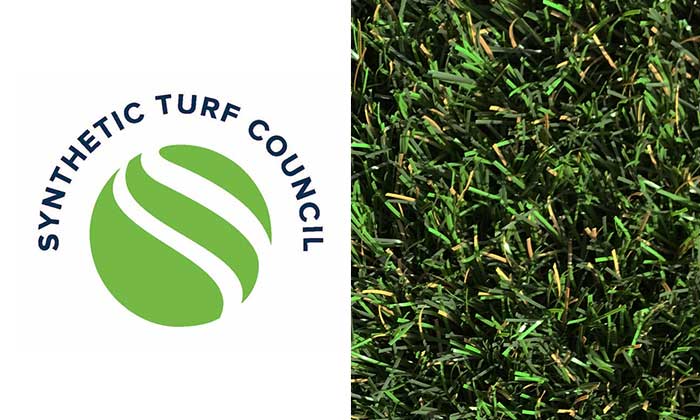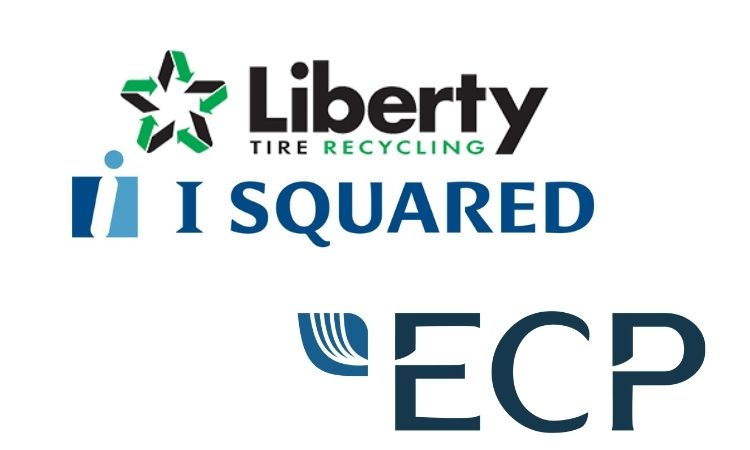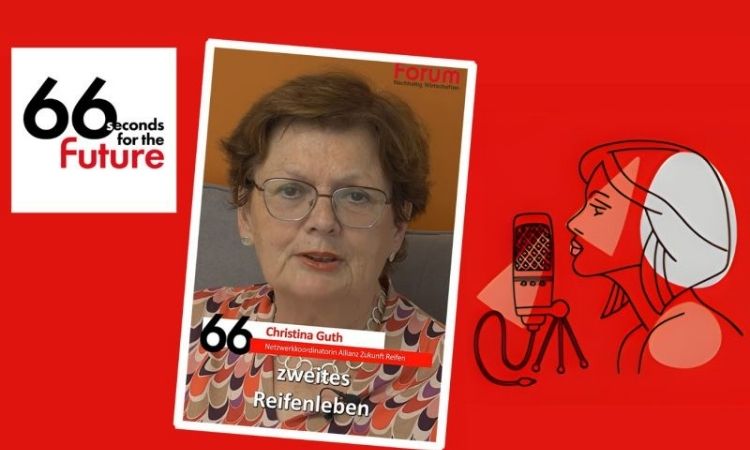ETRMA welcomes EU initiative to expand waste tire framework
The European Tire and Rubber Manufacturers Association reports that in the context of the “Circular Economy Stakeholder Conference: Together for a cleaner and more competitive Europe” held on 3-4 November 2020, ETRMA joined forces to bring further the EU Commission commitment to scope, during 2020-2021, the development of possible further Unionwide end-of-waste (EoW) and by-product criteria (BP).
This scoping exercise will help the Commission to make informed decisions on the need to adopt EU-wide EoW and/or BP criteria. ETRMA says that under a circular economy perspective, such harmonized criteria would allow by-products from production processes to be widely recognized in the Union as non-waste and, facilitate its use in the economy. It would also allow waste to be recovered and widely recognized in the Union as a safe and high quality secondary raw material at the level to compete with raw materials and free to be shipped over the Member States’ borders with minimum administrative burdens.
For the European Tire industry, the Circular Economy begins with the design, by developing tires for both optimal performance and longevity.
Committed to the Circular Economy, European Tire manufacturers have taken significant steps to ensure their production processes employ raw materials sustainably reducing waste and, where technically possible, replacing materials that may challenge end-of-life tire recycling.
ETRMA mentions that today, end-of-life tires are collected and processed in rates close to 91 %, which corresponds to 3 million tons of tires collected each year. This collection is organised through management companies, the vast majority of these operating under Extended Producers Responsibility schemes.
Once collected, the main material streams of tires are textile, steel and rubber. It is estimated that End-of-life tires rubber produced every year in Europe accounts for 1.6 million tons.
End-of-life tire rubber is a high quality rubber, able to meet strict requirements of resistance, aging and performance. This is due to the fact that the source material, tires, have to meet strict material requirements. Tires are first and foremost an essential safety feature of the vehicle. They hold the vehicle to the road, allow steering response and comfort and are the only link between your vehicle and the road. Achieving this while also minimizing rolling resistance, sound, and maximizing grip as an example of numerous demands put on tires, means that tires are a highly technological product, at the cutting edge of innovation and material use.
End-of-life tire rubber is therefore a high quality source of secondary raw materials. It has financial advantages, is easy to source and with a reliable and European supply. These qualities have nourished a strong industrial network that creates sustainable and non-outsourceable jobs across the EU. A large potential to achieve greater material recovery rates of rubber end-of-life tires could be unlocked with a robust and trustable homogenous regulatory framework across Europe.
Clarifying the change from waste to non-waste will be essential to boost the use of end-of-life tires rubber. On the one side, this will secure that trade across European borders happens normally in equal conditions and with equivalent opportunities across borders, reducing the administrative burdens associated with trading. On the other side, it will also grant that the material meets the requirements of safety and quality criteria.
Many regulations, like Declarations of Performance for construction products, or the REACH restriction of chemical substances only apply once the material has ceased to be waste. This is of tremendous importance for the end-of-life tires derived materials used in rubber applications.
Securing a common starting point for end-of-life tires rubber to cease to be waste becomes essential to boost the circular economy and this could only be achieved with an European end-of-waste criteria translated into a legal text, and applicable to all member states. This will add trust to the market, increase investors´ security and boost the research and development on innovative solutions of this valuable rubber. ETRMA highlights it is willing to help on this endeavour. The tires and rubber industry is committed to support the European Commission in developing a feasible and workable set of rules and, together, make the Green Deal a reality.
Article by ETRMA.
Weibold is an international consulting company specializing exclusively in end-of-life tire recycling and pyrolysis. Since 1999, we have helped companies grow and build profitable businesses.









